By Christopher Miskimon
The morning sun arose late in the North Atlantic Ocean on October 4, 1943. In the far northern latitudes 100 miles off the coast of Norway, the aircraft carrier USS Ranger (CV-4) slid smoothly through the icy waters, turning into the wind to launch its aircraft.
The first aircraft lifted off from the flight deck at 7:05 a.m. Thirty minutes later the entire strike group of 20 SBD-5 Dauntless dive bombers and eight F4F-4 Wildcat fighters was in the air and quickly assumed formation. Five minutes later, strike group leader, Lt. Cdr. George Klinsmann, led the formation east at 135 knots. The aircraft descended toward the sea, flying no more than 100 feet above the surface to avoid detection.
Ahead of them lay the long Norwegian coastline, an area known as the “Leads.” The Leads is a waterway between the shore and the numerous small islands that dot the coast of the Scandinavian country. Vessels navigating the coastline use the Leads to transport cargo the length of Norway.
Since the Germans invaded Norway in 1940, they had used the Leads to move troops around the country. They also used the passageway to transport iron ore from Narvik in northern Norway to Germany.
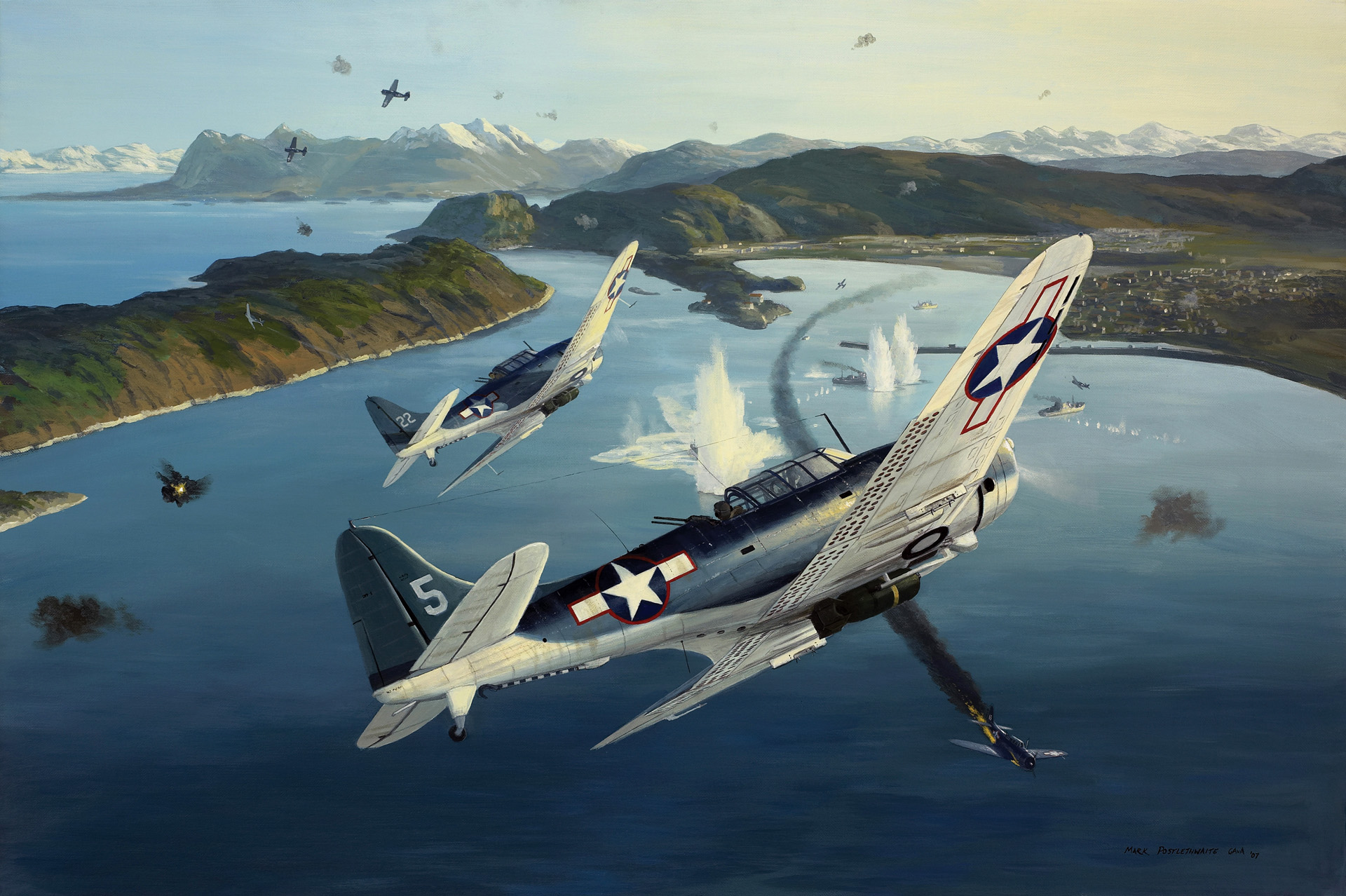
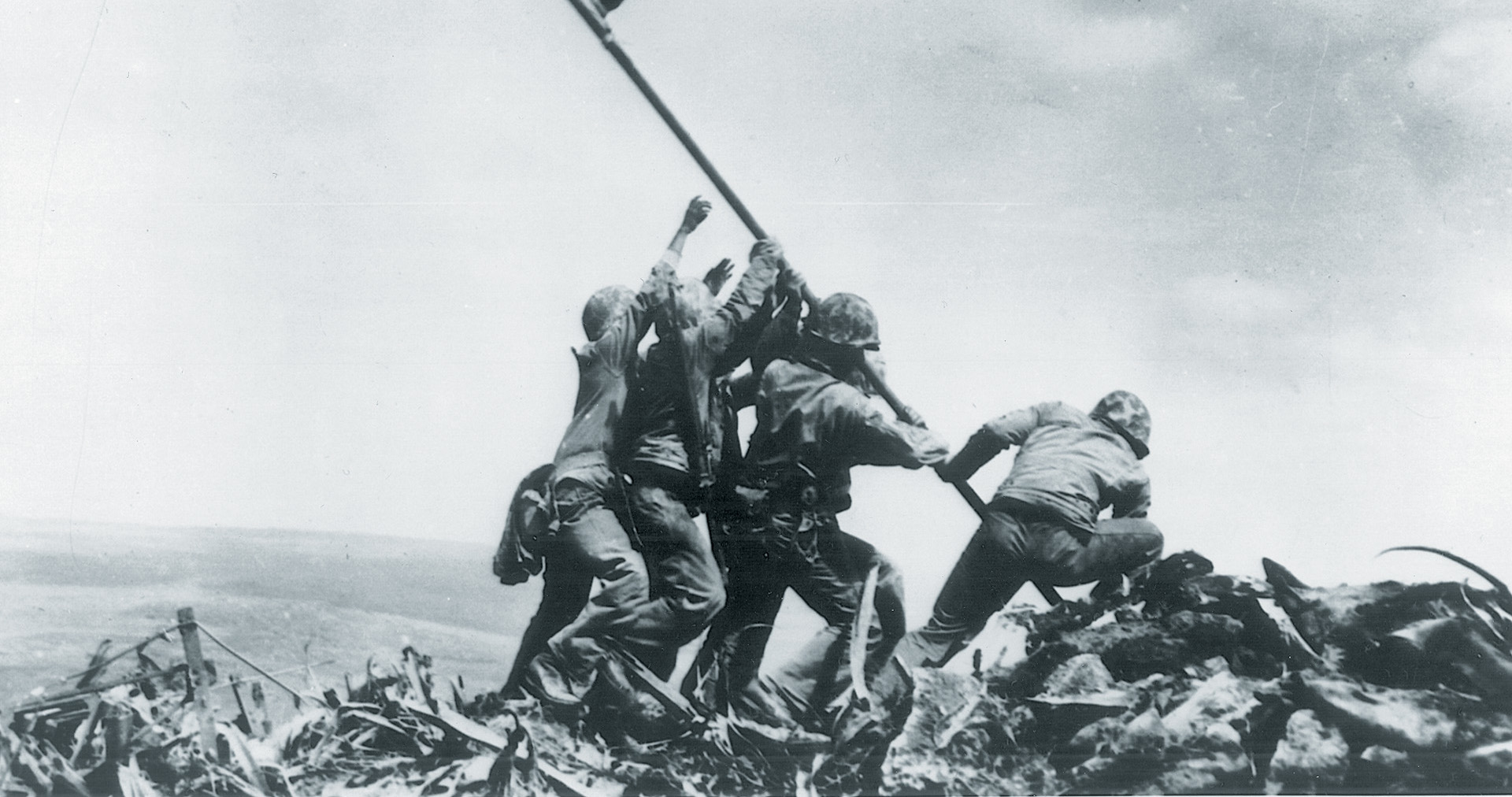
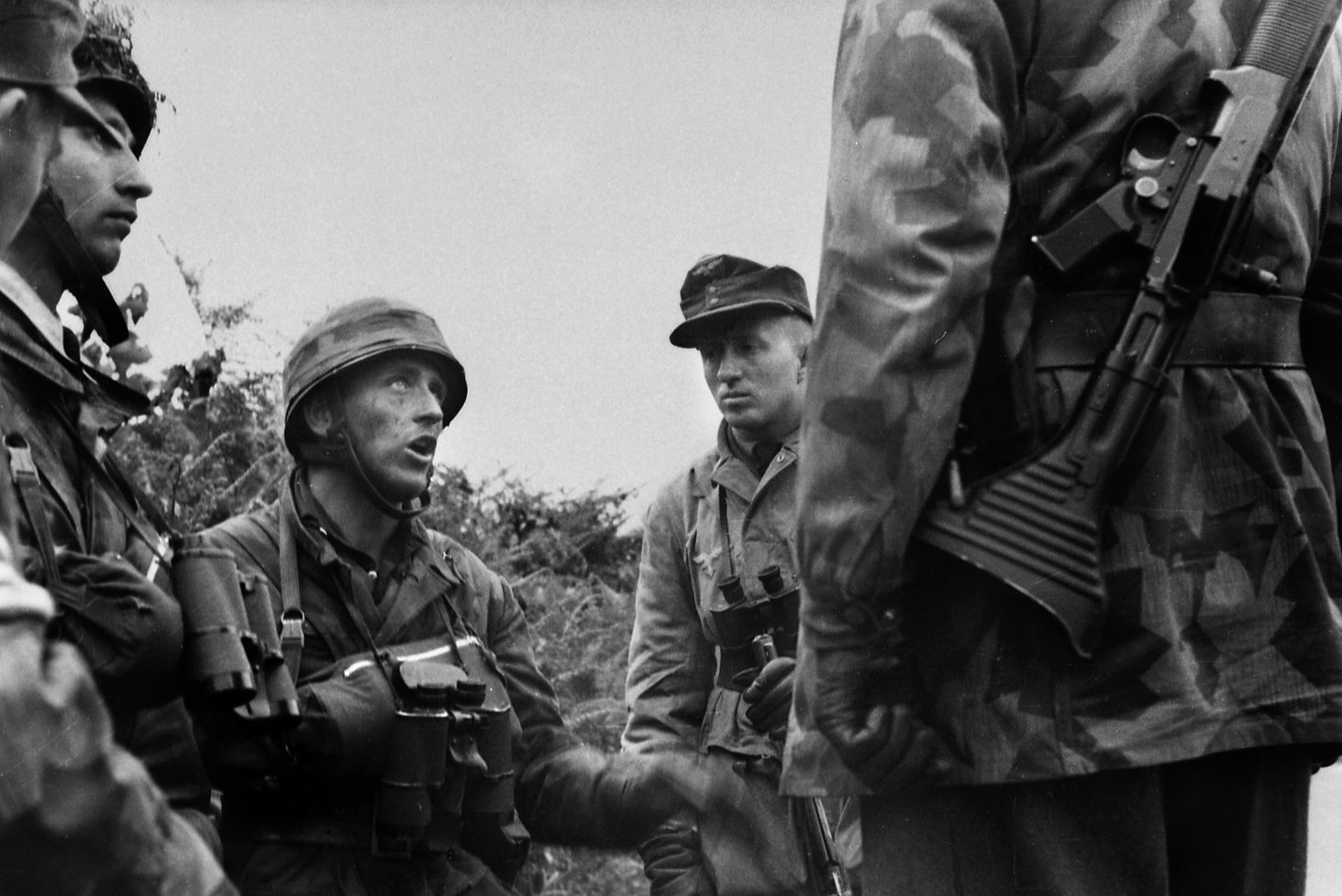

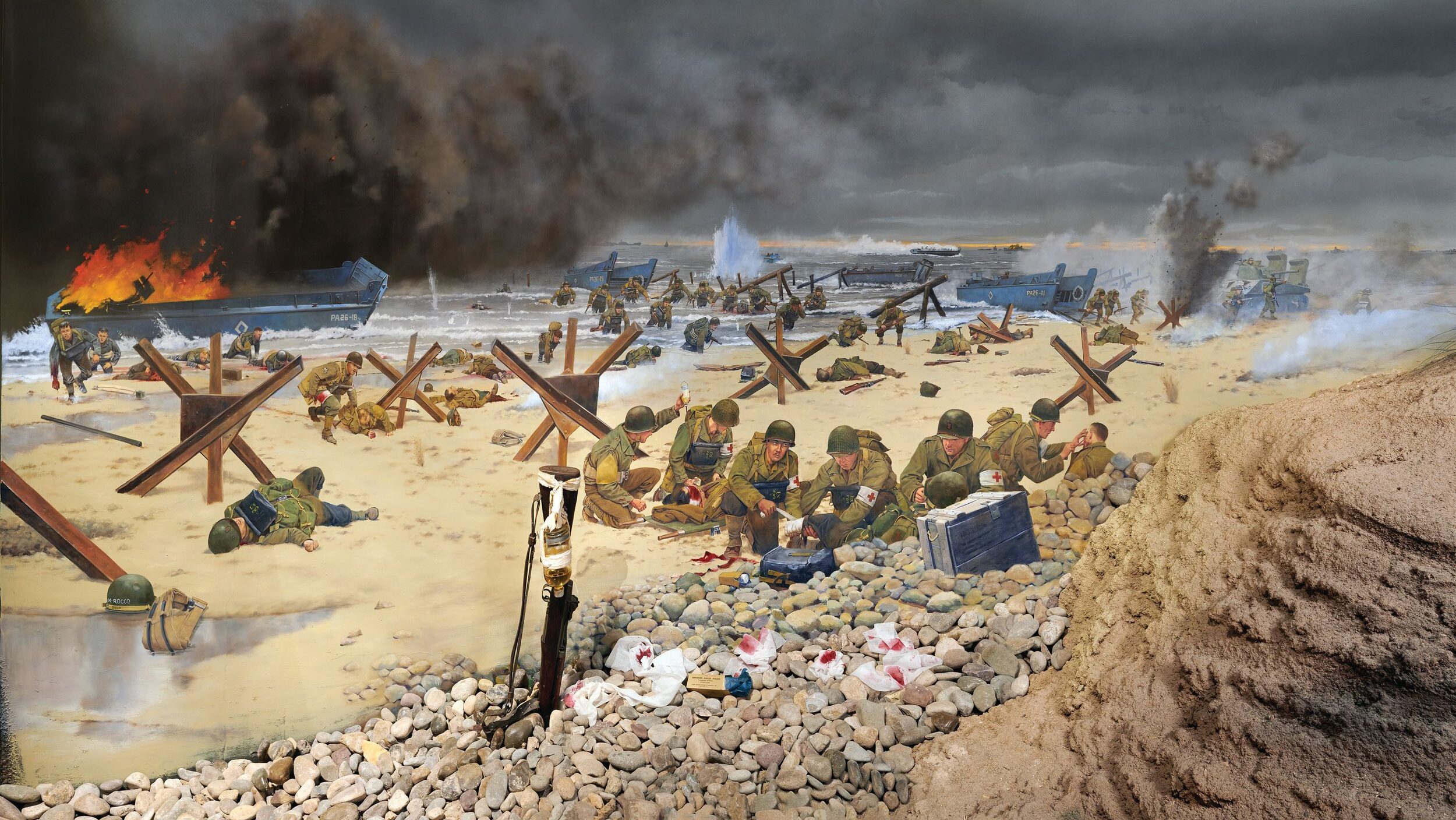
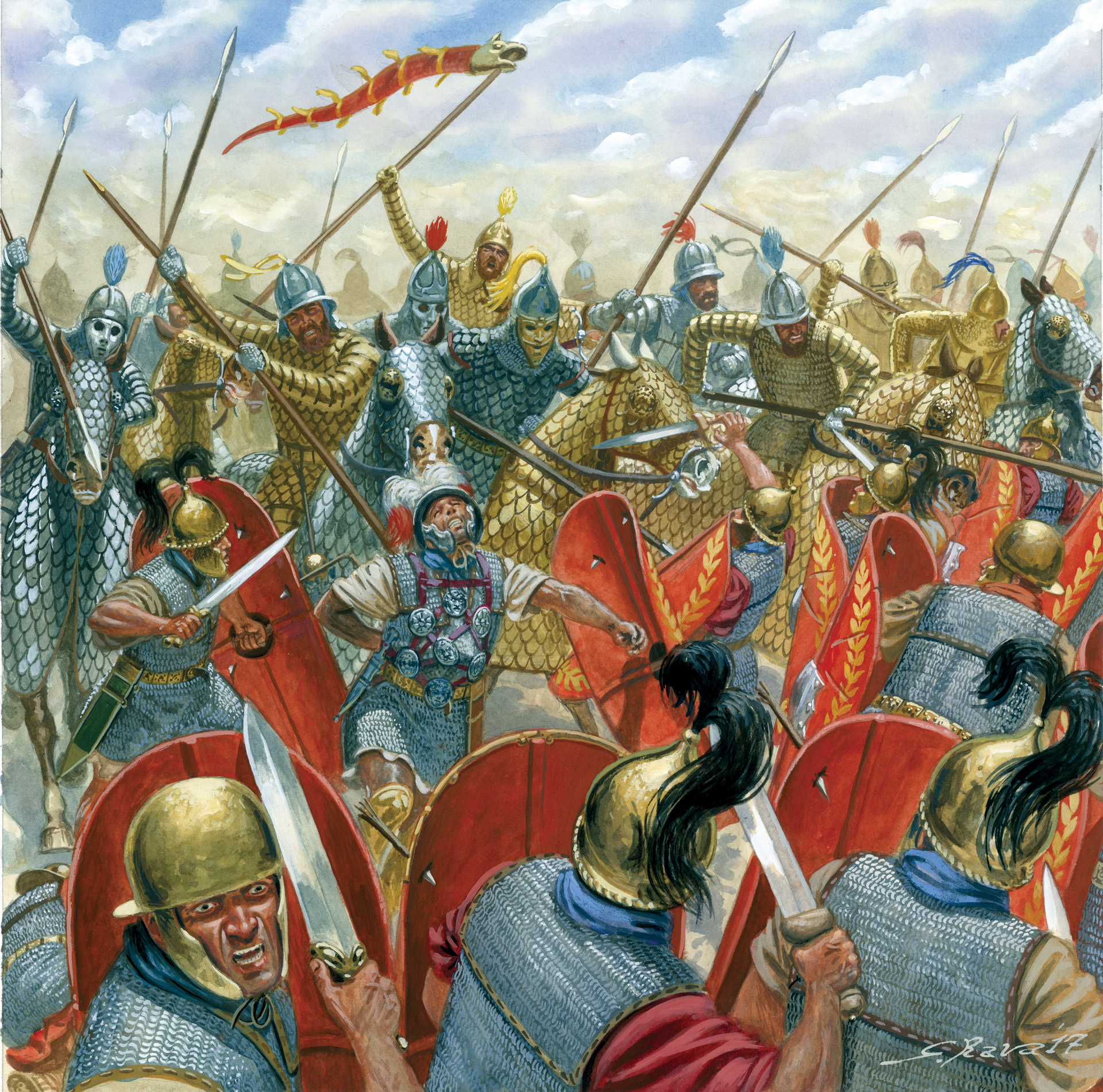
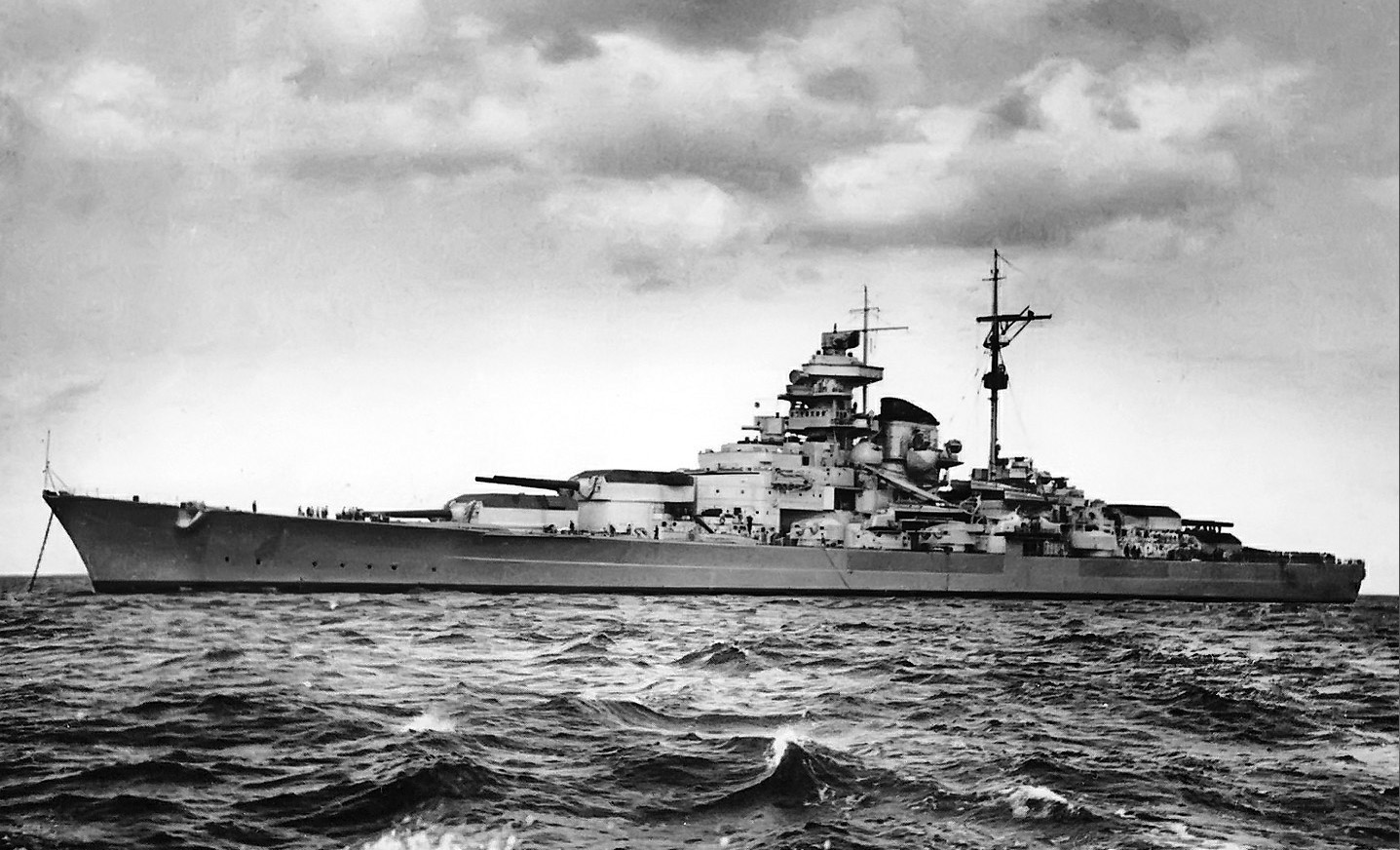
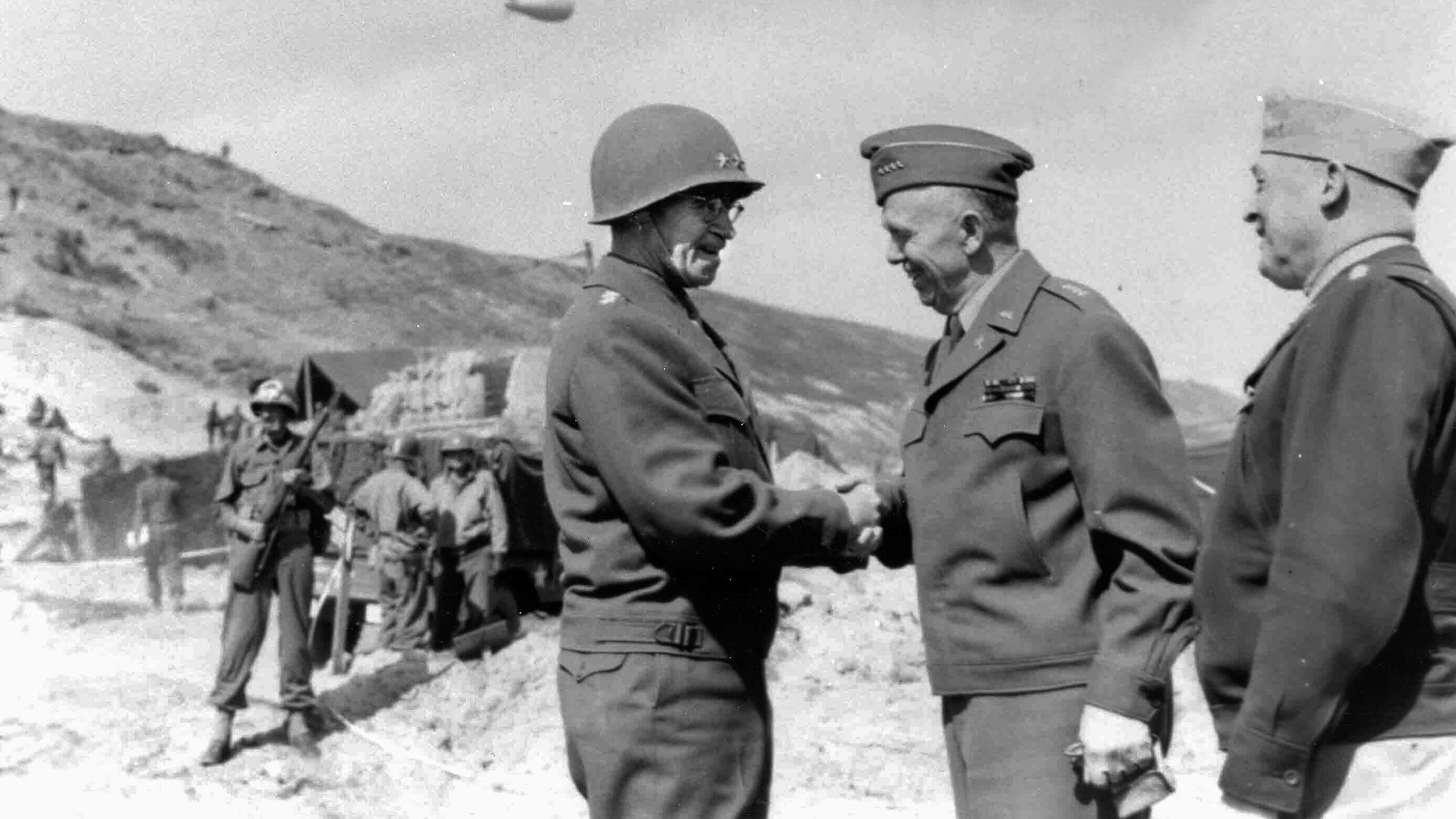
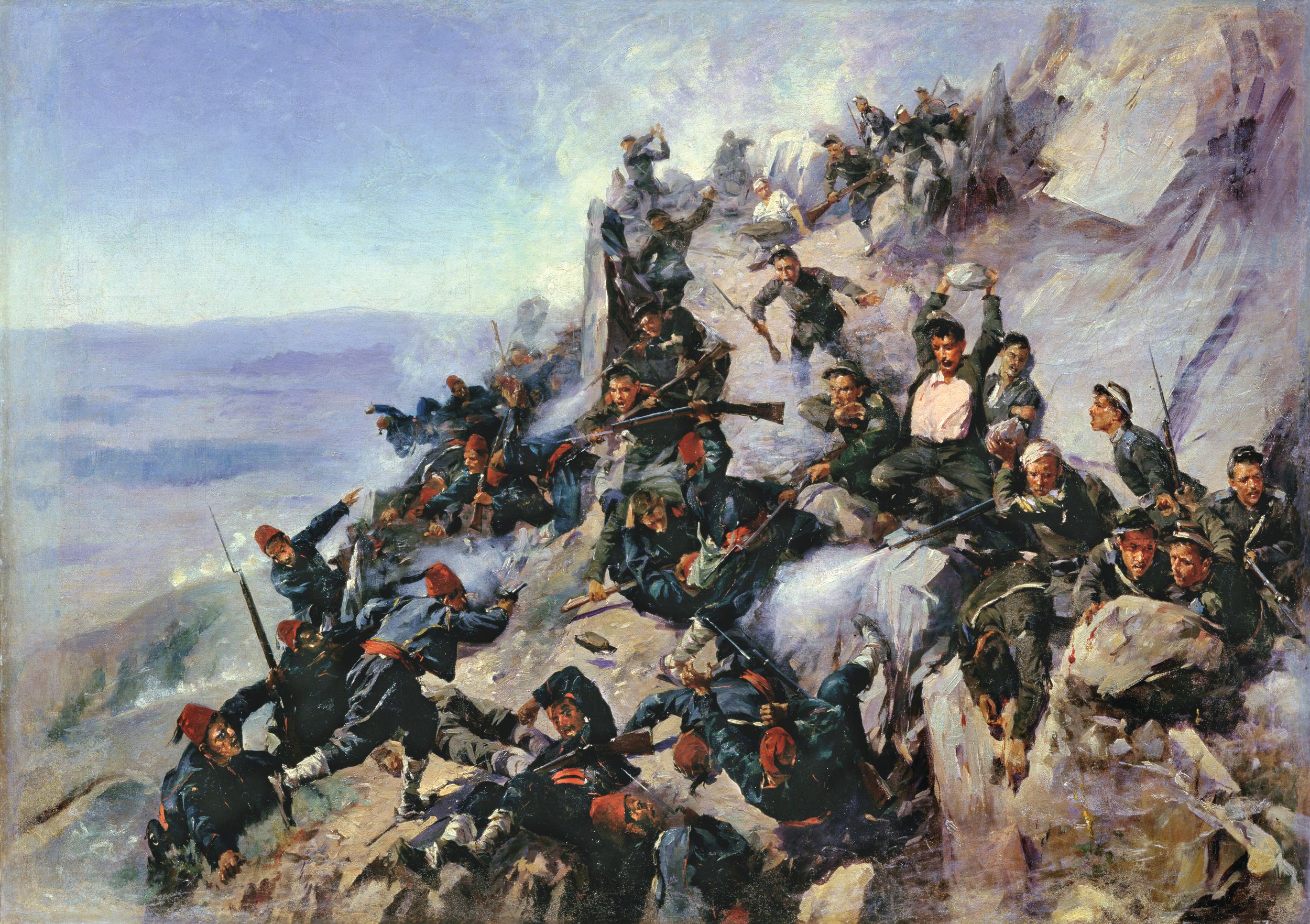
Join The Conversation
Comments